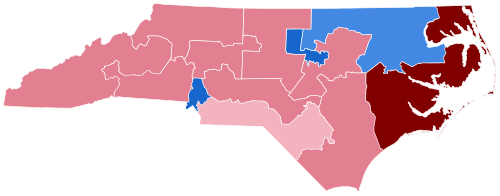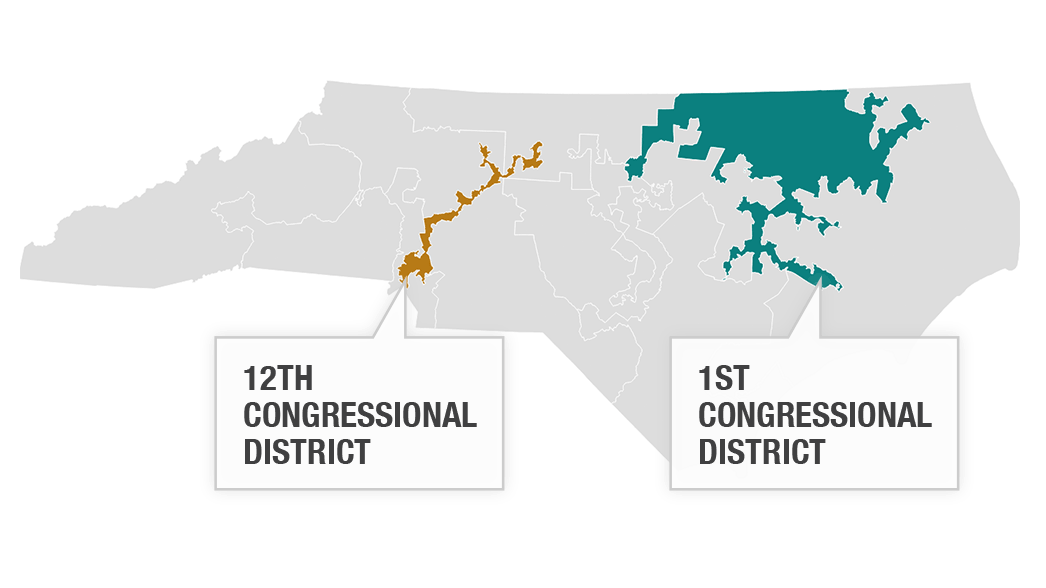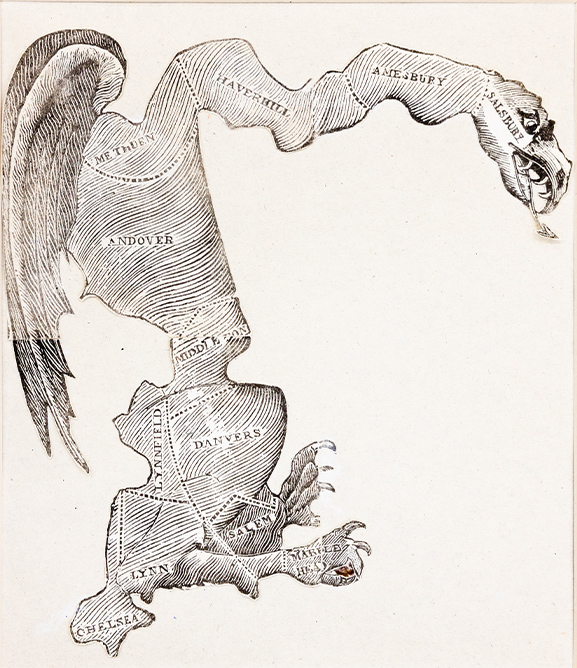Gerrymandering Explained
What is it?
Gerrymandering is when politicians draw electoral district boundaries to give their political party an unfair advantage. It's named after Elbridge Gerry, a governor of Massachusetts who, in 1812, signed a bill creating a district so oddly shaped that it resembled a salamander.
In gerrymandering, instead of the voters choosing their representatives, the representatives choose the voters. It is, in essence, rigging elections.
Important Note:
Gerrymandering can occur unintentionally, even when politicians aren't trying to be unfair. Complex communities, historical boundaries, and population changes can create unfair districts by accident. A randomly drawn map isn't necessarily always fair. This is why our algorithmic approach is so valuable - it can objectively identify the fairest possible district boundaries, regardless of human bias or just random chance.
Real Examples of Gerrymandering

North Carolina 2018: Despite Democrats winning 48.3% of votes, they only got 3 out of 13 seats (23%)

Bizarre District Shapes: These oddly shaped districts were drawn to gerrymander voters

The Original "Gerrymander": 1812 Massachusetts district that looked like a salamander